There are many things can be said for the 5.2L V8 engine installed in the 2016 Ford Shelby GT350 Mustang, which outputs a glory 526 hp. While you may see comments saying how good this engine is in many articles in other media, we are going to show you some insights of this V8 which you might not be able to see, and Ford also will not tell you.
First let’s take a look at the exhaust manifold.
From the above photo you can see, for each cylinder bank, the 1st and 3rd cylinder’s exhaust path are combined into one branch, and the 2nd and 4th cylinder use an independent exhaust path (branch), and finally the 3 branches are integrated into 1 single outlet. Therefore, this is a 4-3-1 exhaust manifold.
While officially Ford is claiming this exhaust manifold is optimized for the engine’s power output, this hardly can be said the most optimized one. The reason is: for a flat-plane V8, it can use an exhaust manifold design which takes advantages of the resonance exhaust pulses (if you are not clear about what is the relationship between the resonance exhaust pulses and a flat-plane V8, there are plenty of tutorial materials on the internet). Obviously this 4-3-1 manifold used on the GT350 is not the resonance exhaust type, in fact it is the traditional design for a cross-plane V8 instead.
Ford engineers of course know the above facts. The reason why they still decided to not use such design, is because of the packaging issue. The Mustang is FR layout, therefore the space in the engine compartment is quite limited: the engine need to share room with the strut towers, steering system etc. Hence spaces left for the exhaust tubes/pipes is restricted. The design and shape of the manifold you see in the above photo is the best that Ford engineers can do and fit into the GT350 Mustang’s engine compartment.
Next let’s see how this Ford 5.2L flat-plane V8 compared to other high-revving naturally aspirated V8. One major parameter to gauge a NA engine’s design is its BMEP (Brake mean effective pressure). This parameter indicates the average air pressure that is applied on a piston during a power stroke. Simply speaking, you can consider the BMEP to be a measure of how efficient of the engine’s intake system that can draw air into the cylinder, and also how well the piston can compress the air. This is especially critical for a naturally aspirated engine (turbocharged engine does not need to worry too much about this because it can use the turbocharger to boost the intake air pressure). The higher the BMEP the better.
The peak BMEP of the GT350’s 5.2L V8 is 14.2 bar. For your reference, the F20C 4-cylinder engine used on the Honda S2000 has a BMEP of 13.7 bar; Ferrari 430 Scuderia’s 4.3L V8 is the same 13.7 bar; Ferrari California adds the fuel direct-injection, increased the compression ratio, therefore raised the BMEP to 14.2 bar, the same as the GT350 Mustang (but please note GT350 does not use direct-injection); Ferrari 458 Italia raised the compression ratio to a higher 12.5:1, therefore the BMEP reaches 15.1 bar – this is the highest BMEP I have seen in a mass-produced vehicle with NA engine.
So you can see, the 5.2L V8 on the GT350 Mustang is very capable and is comparable to competitors which are more expensive than itself. We will have an article dedicated to high-revving naturally aspirated engine later this month, so stay tuned!


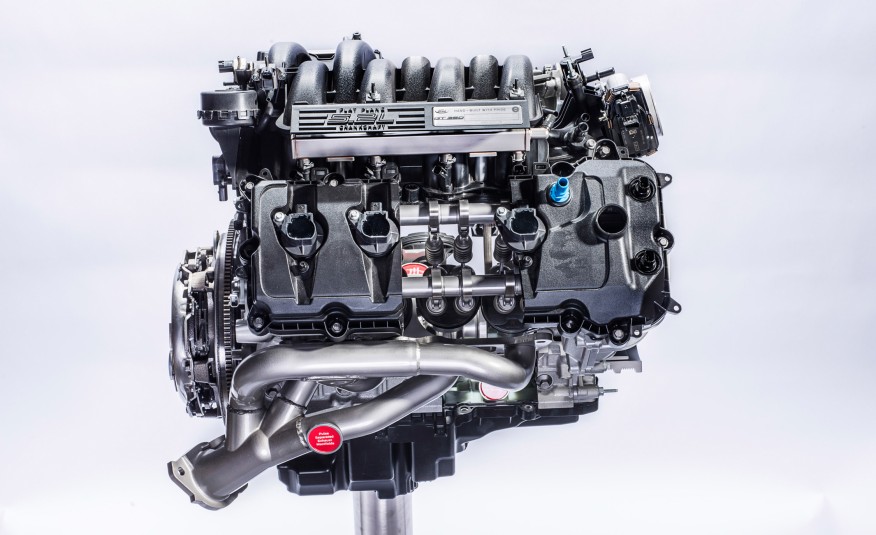
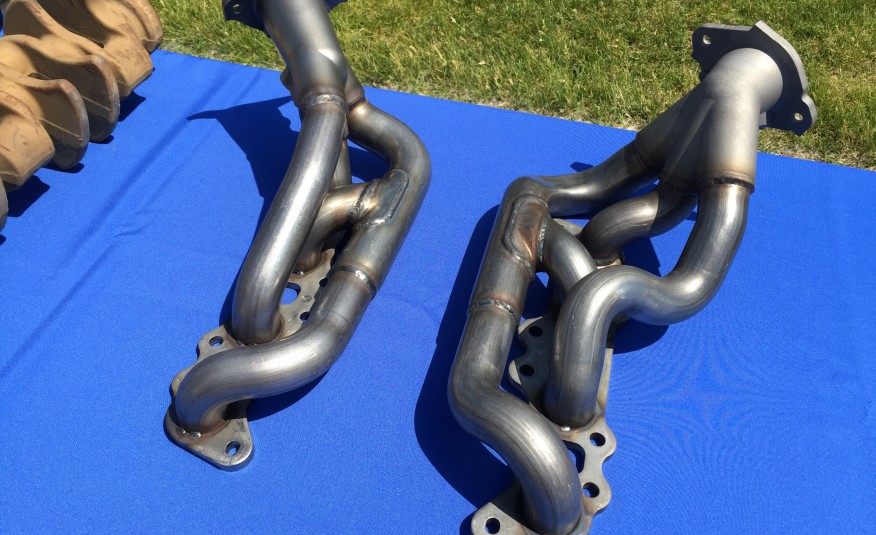
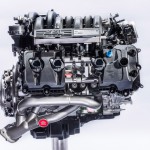
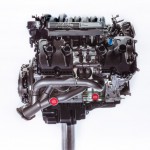
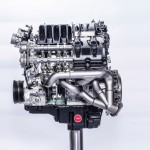
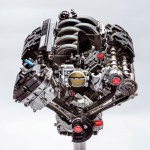
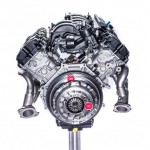

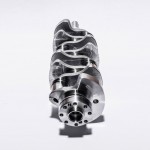
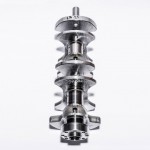
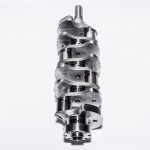

Recent Comments